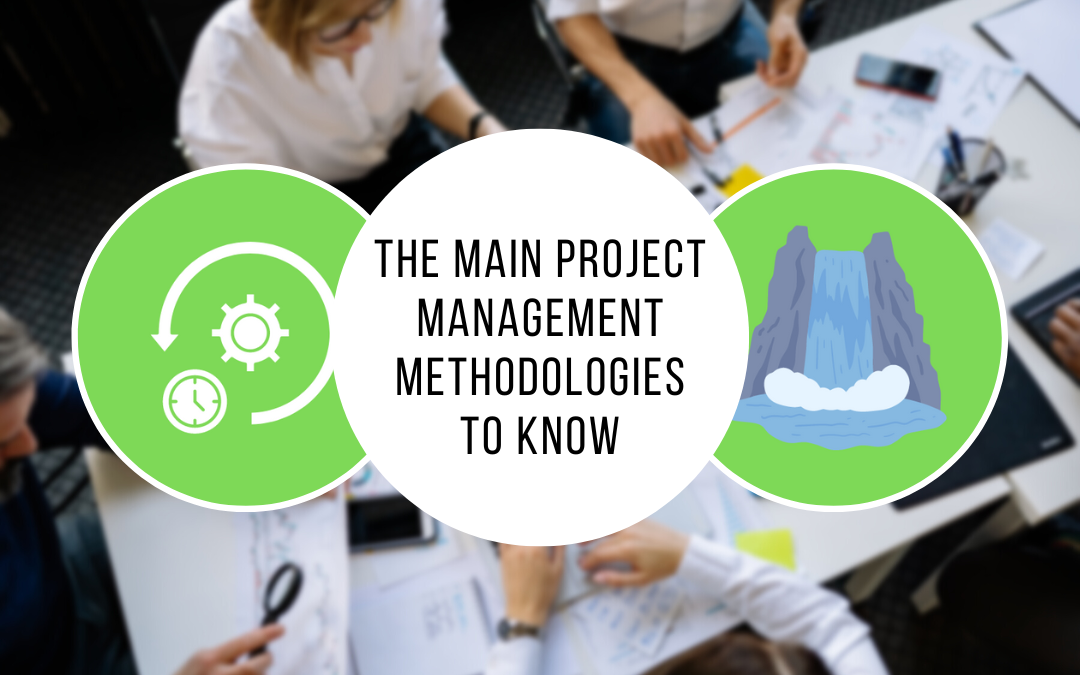Few companies have only one project to implement to ensure the evolution of their activities, especially in the current context of fierce global competitiveness. You can achieve economic and financial success and optimize the control of your operating costs, if you adopt the project management adapted to your company’s needs and in accordance with the budgets you have set beforehand. By applying the appropriate methodology to the plurality and requirements of your various projects to be managed simultaneously, but also by soliciting the participation of all the actors involved in your business, you will develop the best strategies for your company.
What about the “agile” approach and its programs?
Whether simple or complex, your business projects must result in an increase in your productivity and fully satisfy, in the short, medium and long term, the varied demands of your customers. To achieve this, there is no secret. Your watchword is a reliable and structured concept: the management methodology. However, there is no single management method single method, whose principles would be universal, since your priorities are specific to the image of your company.
If you want to focus on your customers’ requirements, to put them at the center of your concerns, the agile project management should convince you, because :
- it splits the project to be treated into a succession of “mini-projects”, which the client must validate one after the other, except if adjustments along the way seem judicious;
- it promotes collaboration and dialogue between the actors involved in the reflection process;
- It is very efficient, thanks to easy-to-use software;
- It can easily be combined with other management methodologies to provide a balanced and optimal action plan.
The “kanban” structure reinforces the organizational strengths of the basic agile model, in the form of tables that provide a global vision of the project. At a glance, the columns show you:
- unfinished and ready-to-deliver tasks;
- the persons in charge of each operation;
- the deadlines and priorities for each task;
- the detailed description of these tasks.
As for the scrum structure, it is of particular interest to project managers in charge of managing teams. It allows them to focus on the responsibilities of each of the project’s actors, which results in continuous improvement of high value-added tasks.


What about the traditional Waterfall methodology?
What could be more reassuring than wanting to plan your tasks and carry them out in order? As such, the Waterfall appears to be the most common way to approach a project. This “cascade” methodology, which requires intense and careful preparation beforehand, is defined by a series of sequential steps, with the phases of :
- definition of needs ;
- system design ;
- development ;
- test;
- operation;
- maintenance.
The Waterfall management method is considered inflexible, since it does not allow for last-minute contingencies. Therefore, the project plan must be solidly built from the beginning so that the team understands the principles and requirements without ambiguity.
For this reason, many leaders are turning to a more pragmatic and flexible project management method, such as the “prince2” concept. To ensure that a project is delivered on time, on budget and on schedule, it addresses the planning and control of the project according to 6 key management issues, namely
- COST;
- TIMEFRAME;
- benefits ;
- quality;
- scope;
- risks.
A tool to improve
project management ?
The lexicon of the method and management of business projects
To give a simple and project management a definition simple and complete, it is enough to associate the terms of tools, technique and method. The importance of the concept of project management is no longer in question. It encompasses all human and material resources in order to achieve the objectives set within a given timeframe. In other words, it is a planning of the project tasks generally assisted by specific software, and established according to particular milestones:
- human resources and their skills ;
- material and human costs;
- management techniques and tools;
- the project life cycle schedule.

